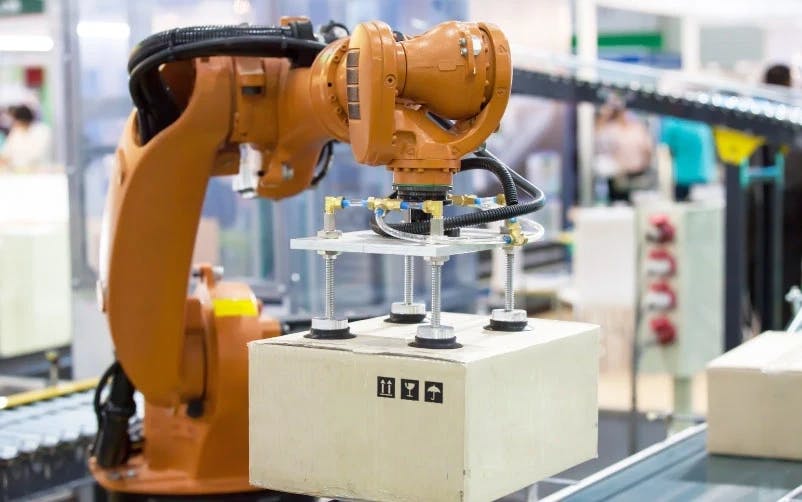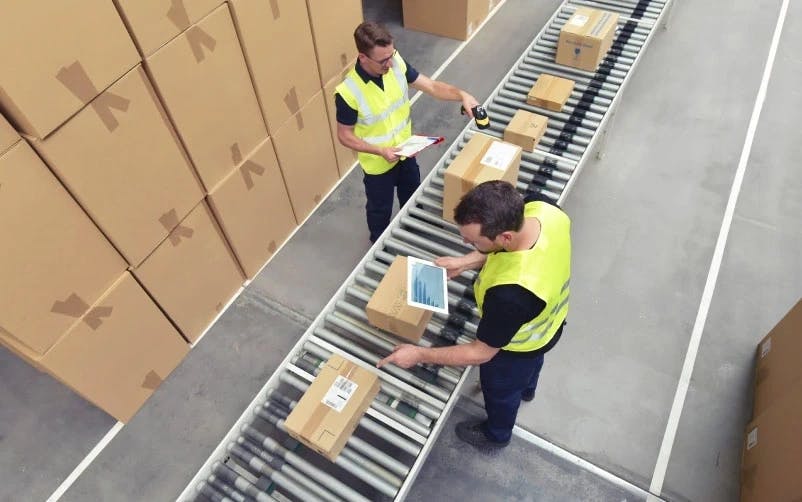Delivering warehouse automation with the integration of a Robotics Hub
Our client, a global logistics leader with operations spanning over 220 countries and territories, handles a staggering 1.8 billion parcels annually. With 380,000 dedicated employees, they are committed to facilitating seamless cross-border trade and expanding business horizons.
The Challenge
The struggle with vendor onboarding and manual warehousing
Our client faced challenges with excessive time required to onboard new vendors in the automation space and manual efforts involved in existing warehouses, hindering operational efficiency.

The Objective
Driving efficiency through standardization
The primary objective was to establish a standardized integration framework for Automated Guided Vehicles (AGVs) and robotic machines, eliminating the need for extensive customization through automation.

The Solution
Integrating AGVs and robotics with Blue Yonder hub
HCLTech collaborated with multiple vendors, including Max AGV, Rocla AGV and LocusBot, to implement automation solutions. AGVs were deployed to transition from manual handling to fully autonomous operations, while bots optimized the picking process by moving between pick bins in an optimized sequence.
Utilizing the Robotics Hub from Blue Yonder (BY), we developed seven outbound and seven inbound interfaces to communicate seamlessly with the robotic hub through a BY connector. These interfaces support manual replenishment, inventory moves, carton picks and list picking in progress, with XML file formats used for data exchange.
Whenever WMS creates a LUMI-type task, it is promptly sent to the Robotics Hub for further processing. Conversely, whenever WMS receives transactions from the Robotics Hub, it processes them and responds to the transaction status within it.

The Impact
Seamless automation integration with Blue Yonder
The Robotics Hub, as an extension of the Warehouse Control System (WCS) module in BY WMS, enables standardized integration and execution of AGVs and robotic machines.
This streamlined approach significantly reduced the time required to onboard new vendors in the automation space by 60% and minimized the need for customization, paving the way for further automation in existing warehouses. Also, there was a 25% reduction in error and 50% decrease in operational spending.


